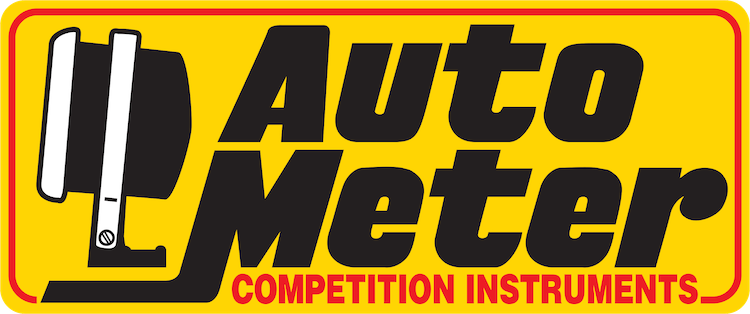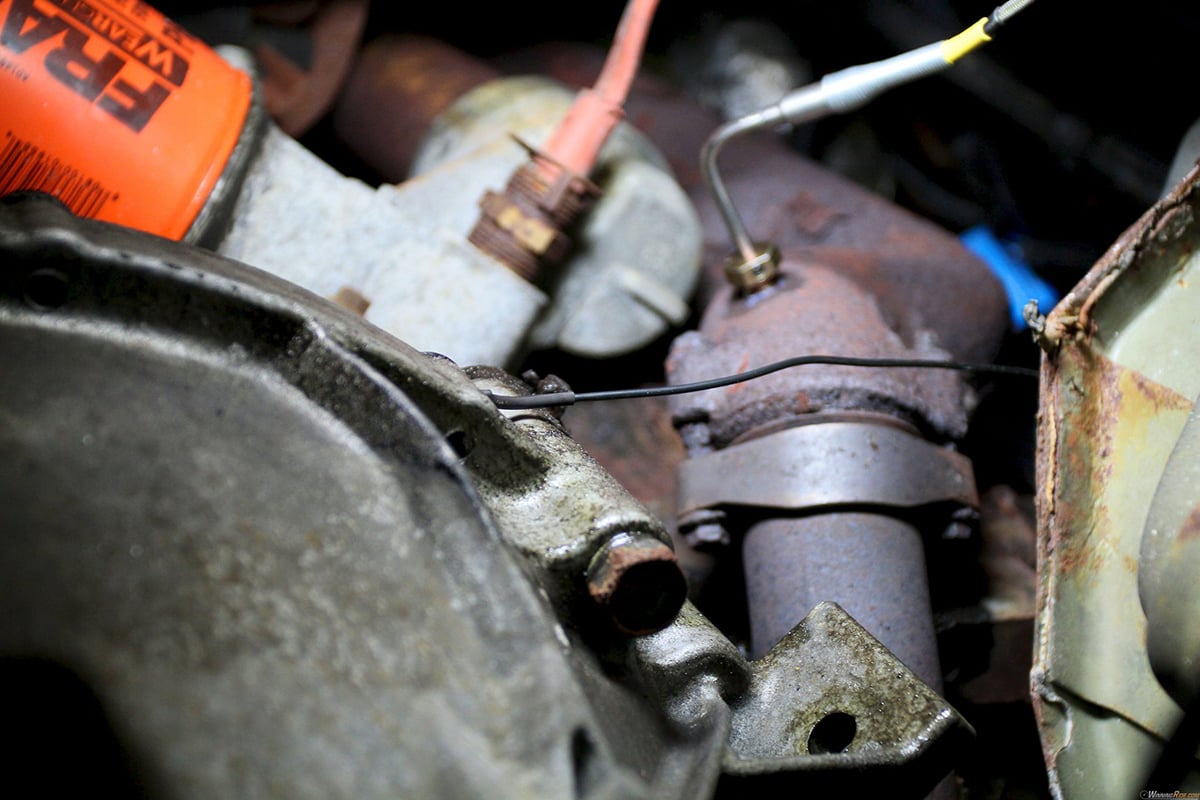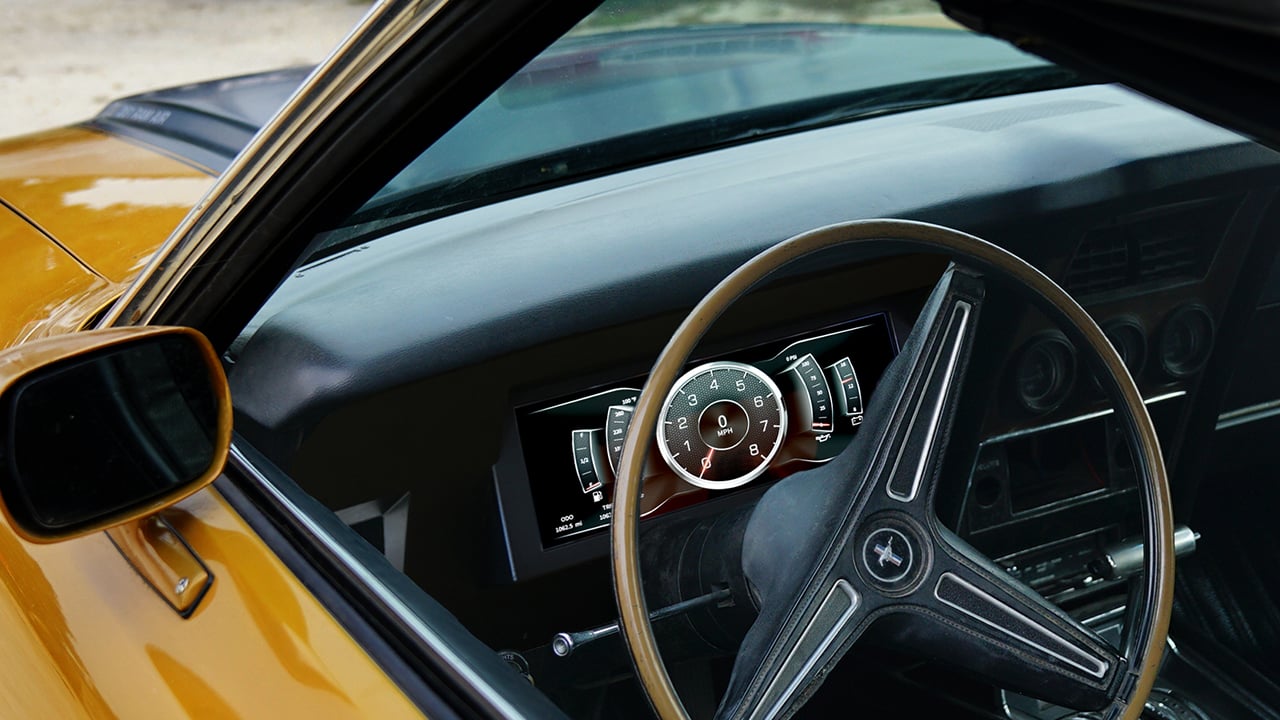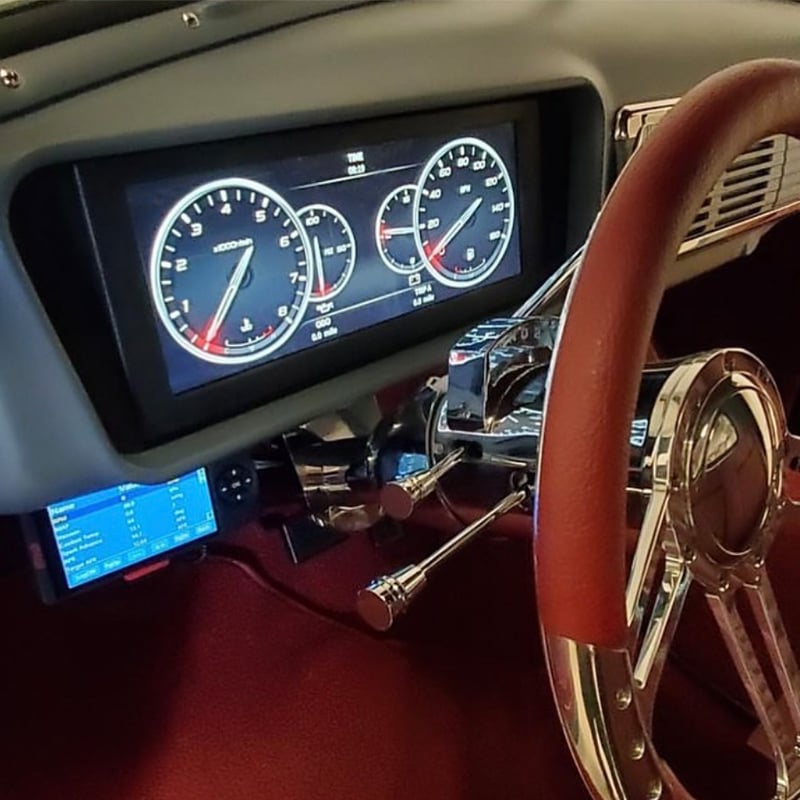Tech Talk
The Best Place to Ground Accessories
Despite common belief, the battery ground is NOT the best place to ground accessories. The battery ground to body/engine/chassis is certainly required in order to complete the circuit which makes up the vehicles ground path. However, it is not the best place to install your ground wire for various accessories.
The issue here is related to ground path, and everything else in the vehicle that ultimately uses the same ground path, which all makes its way back to the (-) side of the battery.
For simple-circuit accessories (lights, relays, electric motors), battery ground is perfectly fine, though anything with a processor or that has high sensitivity to electrical noise or ground path should never use battery ground. The reason here is due to the battery being the return ground path for everything electrical in the vehicle. There can be much electrical noise, or simply high current flow at the battery, which can wreak havoc on your hi-tech or sensitive device/accessory.
The best place to ground electronics like these is actually to the engine itself. Due to the nature of the engine’s construction, there is going to be very little current flow through nearly any ground point you choose on the engine. We recommend the engine block, cylinder head, intake manifold (if aluminum or cast iron), or transmission to engine bolt. Any of these locations will provide you with a great grounding location for your accessories. You do, however, want to keep any related wiring as far away from the ignition system or plug wires as you reasonably can to avoid creating a new issue with ignition noise.
You can also consider this. The OEM manufacturers ground very little directly to the battery. They engineer and create ground locations throughout the vehicle to work for what the vehicle comes originally equipped with and they are not all in the same place. They are spread out. Not just for cost savings purposes, but also for the purpose of not having everything funneling into the same ground path at one point, which can cause problems.
For the purpose of installing gauges that use senders which monitor various engine vitals such as temperature, pressure, and EGT, another good reason for engine ground is to ensure that you have a completed, non-interrupted ground loop shared between the sender and the gauge for the most accurate readings.




